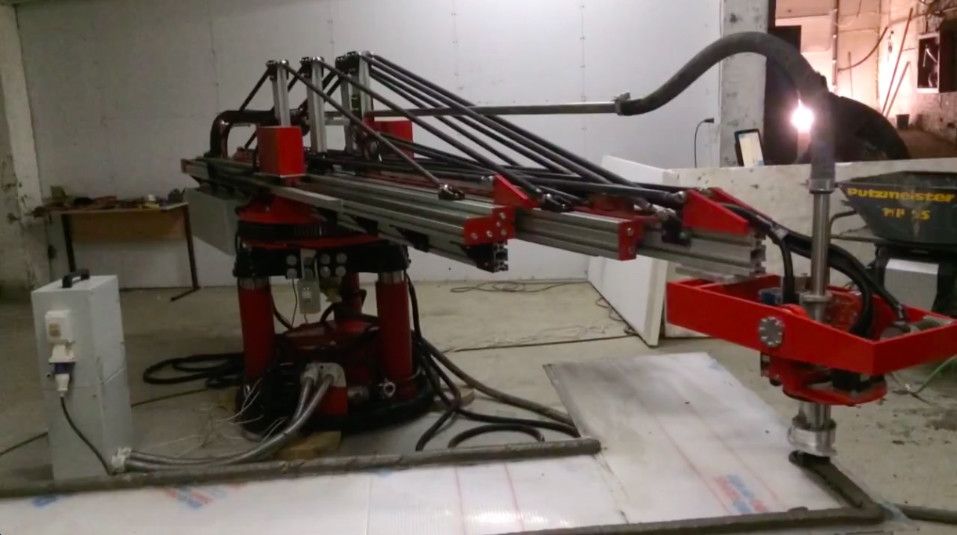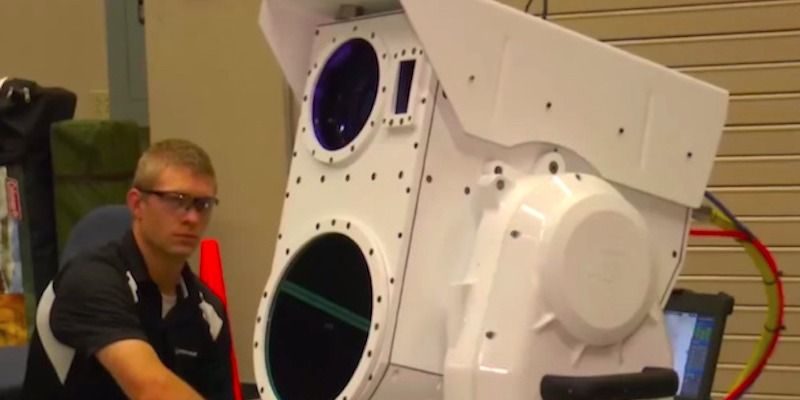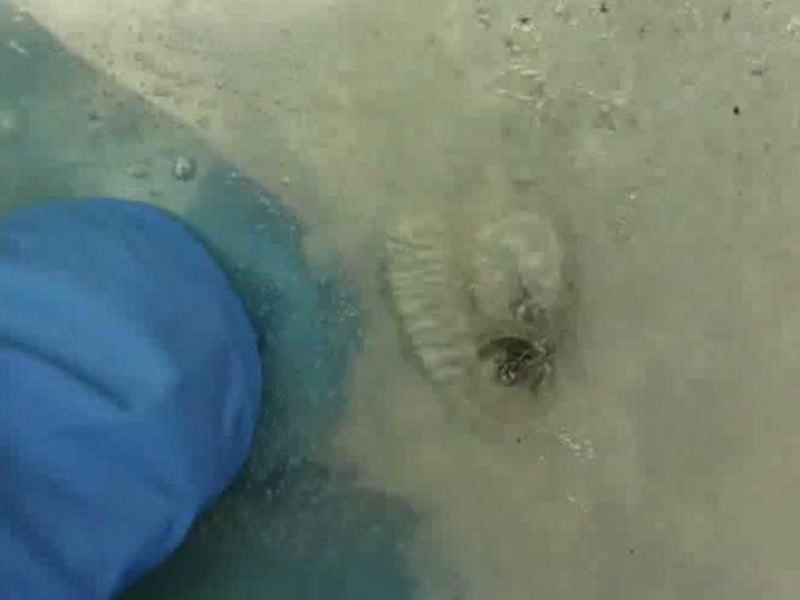Nov 5, 2015
World’s second vertical forest tower will rise in Switzerland
Posted by Shailesh Prasad in categories: habitats, sustainability
Stefano Boeri Architetti won the bid just one year after completing their first acclaimed vertical forest, or Bosco Verticale, one year ago in Milan. Like its predecessor, the forested tower planned for Lausanne will be covered by shrubs and plants, and will add 3,000 square meters of greenery along its 117-meter-tall facade. The new tower is named “La Tour des Cedres” after the architects’ vision to install over 100 cedar trees on the structure.
Related: Bosco Verticale: World’s First Vertical Forest is Finally Complete in Milan.

















